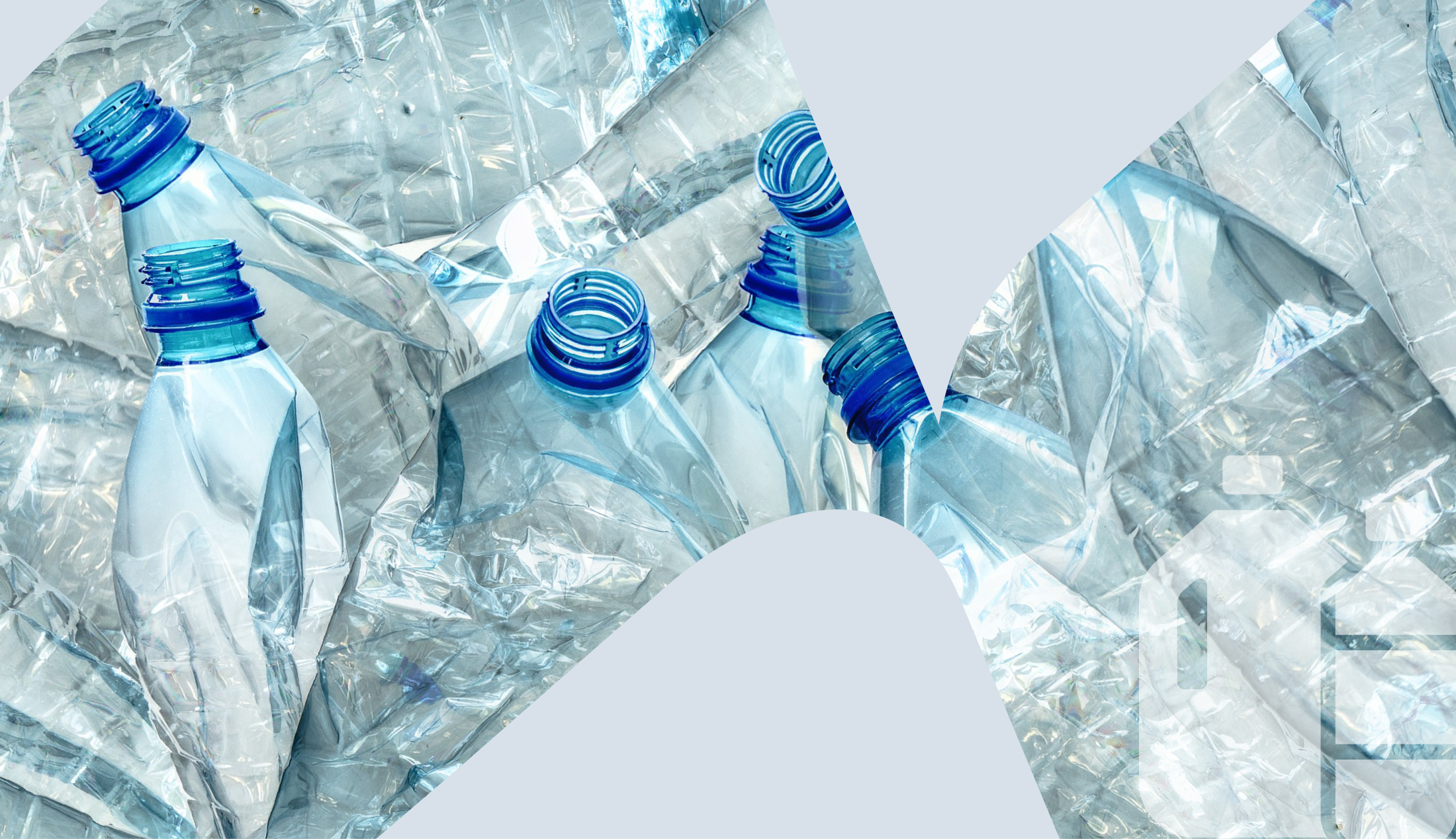There is a lot of misunderstanding around the meaning of that little triangle with a number in it. Some call it the chasing arrows symbol. Republic’s Sustainability Ambassador Jeremy W. sets things straight in a recent article featured on The Wellness Feed (thewellnessfeed.com). Here’s an excerpt from the article:
Q. What’s the best way to interpret the chasing arrow symbols if you want to recycle properly?
A. With better labeling, consumers can recycle with more confidence. Until then, it is best to focus on the characteristics of plastics, rather than memorize a list of numbers. For example, rigid plastic containers, such as water bottles, milk jugs and shampoo bottles, are highly recyclable. These materials are also in demand as more consumer package goods companies implement stronger commitments to using recycled content in their packaging.
Unfortunately, today, due to a lack of infrastructure, most plastic water bottles are not recycled into new plastic water bottles again. In many cases, they are downcycled into synthetic fibers for use in things like carpeting or clothing.
Many states are beginning to lay the framework for Truth in Labeling laws that will prohibit the use of chasing-arrows symbols and the term “recyclable” on products that are indeed not recyclable. This has gained such significant traction that the U.S. Environmental Protection Agency (EPA) is now calling on the Federal Trade Commission to remove the symbol from plastics that can’t be recycled altogether. The FTC has what they call Green Guides, and the EPA, as well as other environmental groups, believe these guides could be used to help educate consumers on recycling best practices.
Read the full article here.

